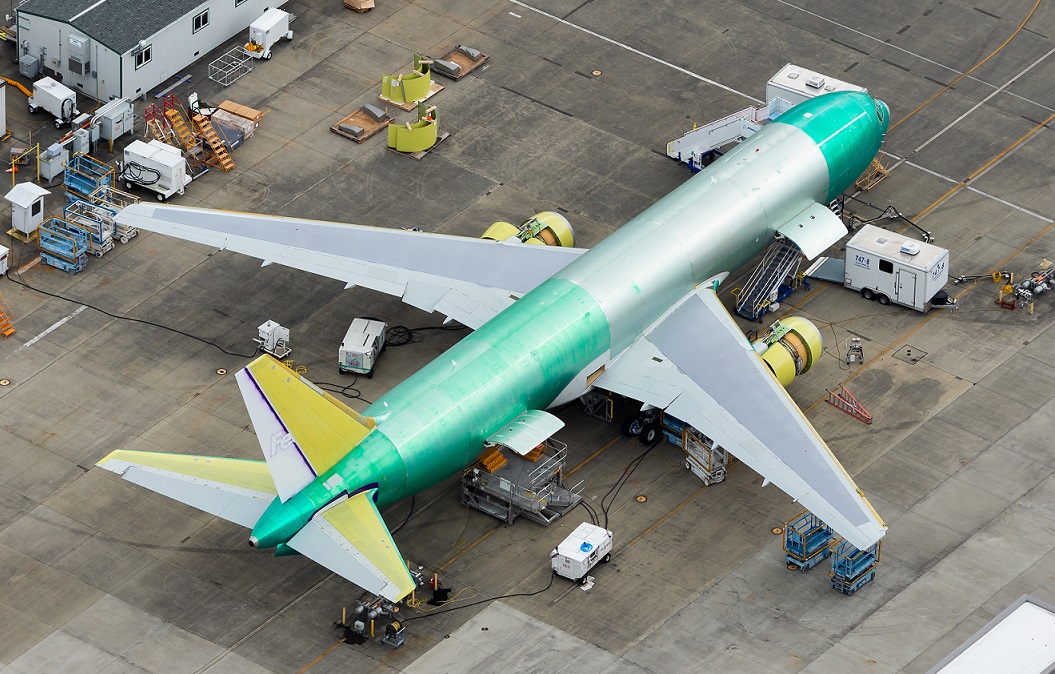
The gap between demand and capacity growth is widening as supply chain issues continue and newbuild freighters become more elusive.
Companies that are looking to get hold of widebody freighters have been faced for some time with a dearth of options. This got worse in mid-October, when Boeing announced the latest fall-out from its ongoing problems that were exacerbated by the strike of 33,000 machinists.
The plane maker told customers not to expect any 777-8Fs before 2028, while B777-9 and 777X passenger models would not be delivered before 2026.
The 777X, which has garnered 481 orders to date, now stands to enter the market six years behind schedule.
Boeing also announced that it would stop 767 freighter production in 2027, once it has delivered the freighters ordered by FedEx and UPS, as it is looking to dial back operations with plans to lay off 17,000 employees.
Meanwhile, Airbus scaled down its plane delivery projections for the year owing to chronic supply chain problems.
These output bottlenecks (which have a knock-on effect on availability and cost of conversion feedstock) are hitting the market at a time when the gap between cargo demand and capacity growth continues to widen.
IATA’s most recent statistics show global air cargo traffic up 11.4% year on year in September, the ninth consecutive month of double-digit growth. Capacity advanced 6.2% year on year, its lowest rate of expansion since January 2023.
The gap between demand and capacity growth has grown throughout this year and should widen further as international travel has largely recovered from the pandemic (flows to and from China being a notable exception), whereas all indicators point to a strong airfreight peak season. E-commerce still gobbles up freighter capacity, and geopolitical tensions continue to cause diversions from ocean to air transport.
From the vantage point of cargo owners, it is just as well that the US East Coast port strike was suspended after just three days (allegedly after some heavy arm-twisting by the White House), as a protracted paralysis of East and Gulf Coast ports would have produced congestion at West Coast container gateways and the intermodal surface network.
US ports and rail carriers have shouldered record import volumes between July and September (at levels that have historically stressed marine infrastructure) without significant delays, which suggests that peak season airfreight volumes should not be inflated by a surge of diversions from ocean lanes.
On the other hand, disruptions have become the new norm, so it’s too early to declare victory.
Putzger Perspective: Smaller freighters have fallen out of fashion
Discover more from reviewer4you.com
Subscribe to get the latest posts to your email.





